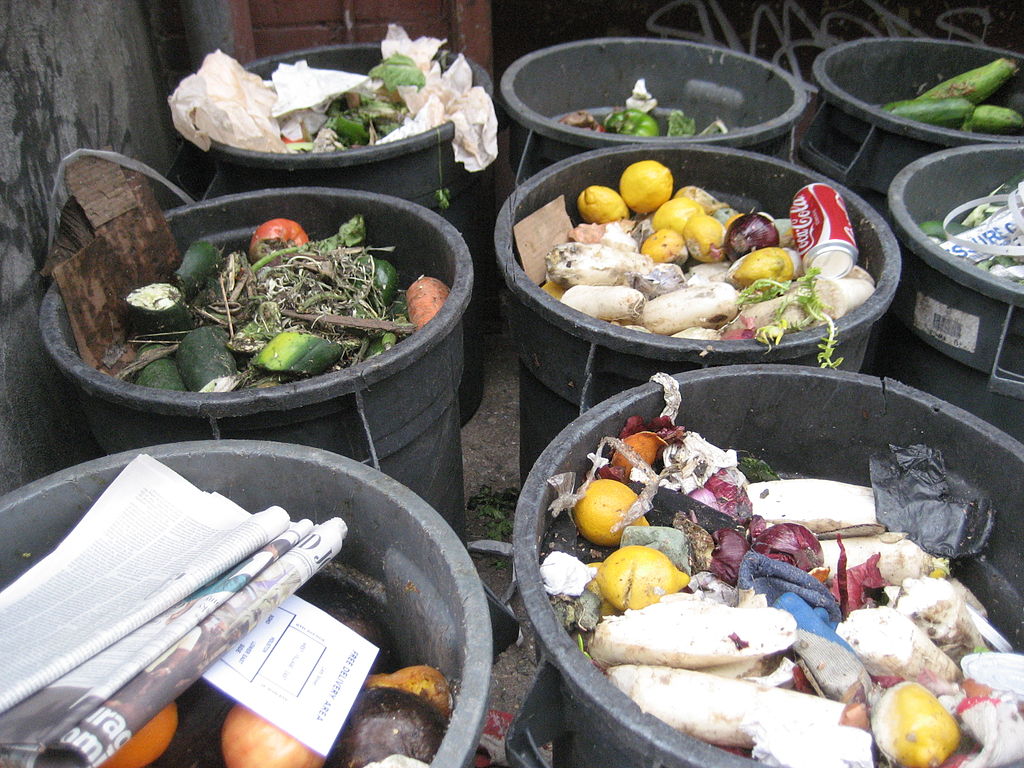Your cart is currently empty!

University Students Tackle the Problem of Food Waste
It’s no secret that the costs of acquiring a college education have risen to the point of posing a serious challenge to the family trying to fund it. Cost cutting in every aspect of student life is necessary, and reducing waste in general is a hot topic among the young people about to inherit the world. Is it any wonder then, that college students, especially those studying Lean Six Sigma methods, are applying their newly gained knowledge to the problem of food waste and coming up with a variety of ways to address it.
Many universities are reducing transportation costs by sourcing food locally, often from farms or other suppliers using organic, free-range, sustainable harvest, or hormone- and antibiotic-free methods of food production. This enables the schools to broaden their dining hall options, offering students the opportunity to choose menus of foods sourced in more ecologically sustainable ways. Yale offers event organizers sustainable menu options as well.
Some schools (American University, McGill, Middlebury College, and Oberlin among them) are even sourcing from their own farms. Owning their own farms also provides these universities with the opportunity to recycle food waste as compost for the farm, thus reducing the cost and environmental impact of waste disposal. Some of these farms operate on the same sustainable principles mentioned above.
Other methods to reduce food wastes operate further along the cafeteria line. Going tray-less is one example. American University discovered that a college student given a tray fills it and then fails to eat everything on that tray. They reduced waste 25-30% by simply taking away the tray. Boston University encourages their students to use reusable mugs for their coffee. Other ways of reducing waste and saving costs are to use smaller serving utensils, pre-dish foods, and to simply limit the number of dishes a student can use for a meal. These methods save water, energy, and cleaning supplies as well as reducing waste.
Even with all these methods in use, however, there will be waste. Campus Kitchens and Food Recovery Network are two student volunteer organizations with the mission of gleaning un-eaten food to supply the needs of the food banks and other efforts to feed the hungry of the community. These organizations also use the gleanings to garden and provide nutrition classes.
These are only a few of the universities addressing the problem of food waste and a few of the methods they are using. If you would like to investigate how to apply Lean Six Sigma methods to your own situation, Thomas Pyzdek would be glad to help with your efforts.

Leave a Reply